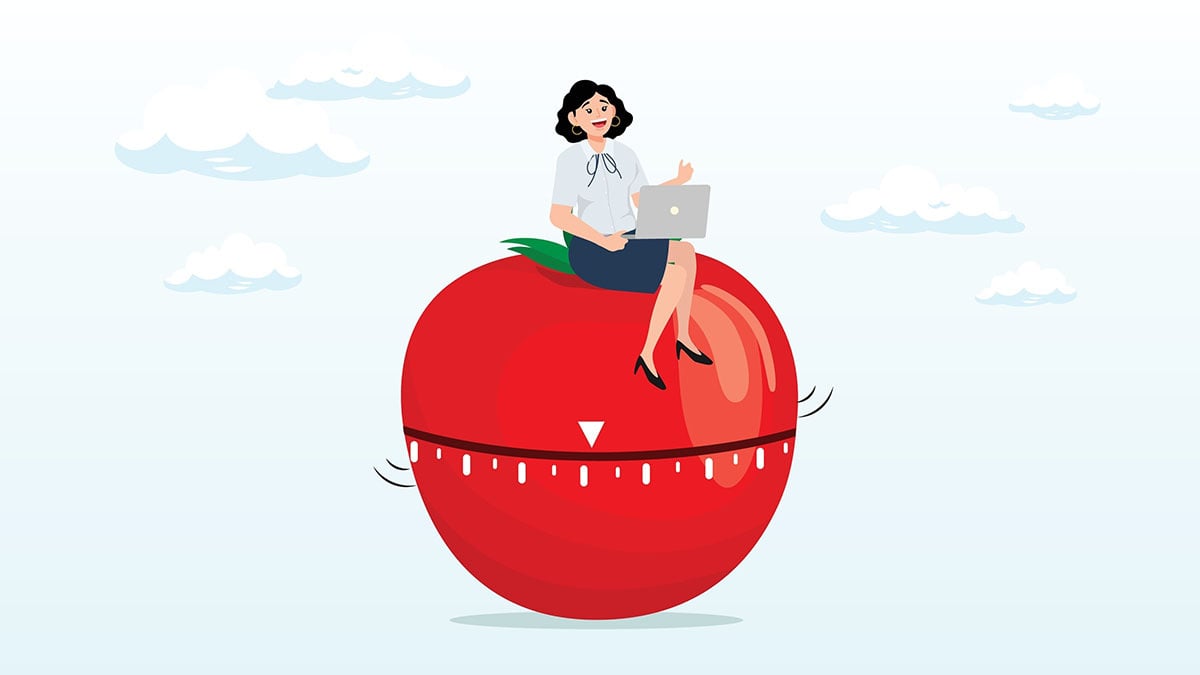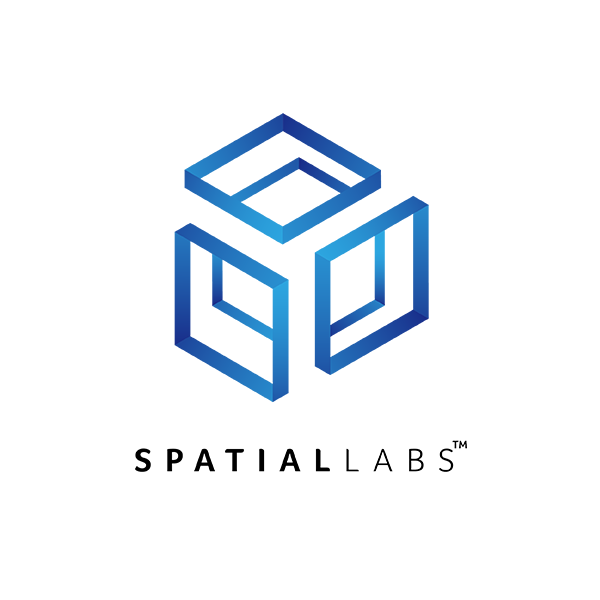
With advertisements, smartphones, and other external factors, it can be challenging to maintain focus while working on important tasks. Studies show that it takes around 23 minutes to refocus each time we are distracted, making it crucial for us to minimize distractions for maximum productivity. Workers in the United States lose an average of 1 hour 18 minutes per day, or almost 340 hours per year, to distractions, costing businesses an estimated USD 650 billion annually. Luckily, Windows 11 has various settings to eliminate interruptions and boost focus either at home or in the office.
1. Enable and customize Do Not Disturb mode
Do Not Disturb mode helps users focus on tasks by temporarily disabling notifications and alerts. Users can choose to switch on Do Not Disturb mode during certain hours of the day, allowing them to concentrate on tasks without unwanted interruptions.
Users can activate and customize Do Not Disturb mode by clicking Settings > System > Focus > and selecting the relevant options, such as hiding badges and flashing on taskbar apps. To review notifications received while Do Not Disturb was activated, simply open the Notification Center by pressing the Windows key + N.
2. Set priority notifications for essential apps
Notifications inform users about important updates and messages like new emails or calendar reminders. This makes it easy to remember commitments and task deadlines without manually checking. Notifications can be annoying and distracting during times of intense focus, making the Do Not Disturb function a handy tool. However, it may be necessary to activate notifications for essential calls, reminders, and apps. To do this, click Settings> Notifications > Set priority notifications.
3. Use Focus Sessions with the Pomodoro technique
Windows 11 Focus Sessions help users curb distractions while working. When a focus session is underway, a timer will appear on the screen, app alerts will not flash, and Do Not Disturb will turn on. Users can set the clock for the number of minutes they wish to concentrate on a specific task, helping to boost their focus in short bursts.

The popular Pomodoro technique includes a 25-minute stint of deep work, followed by a five-minute break, repeating 2-4 times before taking a longer break of 15-20 minutes. This helps to prevent burnout and increases productivity during structured and focused work intervals.
4. Hide the taskbar to minimize visual temptations
While the taskbar is a crucial component of Windows, it can also be incredibly distracting when notifications pop up. Users can hide the taskbar by right-clicking a space on the taskbar, clicking Taskbar settings > Taskbar behaviors > Automatically hide the taskbar. To show the taskbar again, follow these instructions and uncheck the Automatically hide the taskbar option.
5. Hide desktop icons for a cleaner workspace
Just like a messy room can prevent us from relaxing or concentrating, a disorganized desktop can hinder our productivity. An organized and streamlined workspace helps us navigate our devices more efficiently and improves the overall user experience. Hiding desktop icons creates a more professional appearance and can boost our focus. Users can temporarily hide desktop items by right-clicking the desktop > view > uncheck Show desktop icons. To show them again, follow these instructions and re-check Show desktop icons.
6. Use PowerToys Awake to prevent sleep interruptions
The Windows 11 PowerToys Awake function is designed to keep a computer awake without manually managing its power and sleep settings. This prevents the device screen from turning off unexpectedly during long work sessions. To activate PowerToys Awake, check the Enable Awake toggle in the PowerToys Settings. There, users can also choose to keep the device awake indefinitely or during a specific time interval.
7. Create and use virtual desktops for task separation
Desktops contain different groups of apps or content for specific purposes. Users can set multiple desktops to keep activities separate and enhance productivity. This puts clear boundaries between work and personal applications, making it easier to switch off after hours. Moreover, users can use separate desktops to manage projects more efficiently by dedicating a desktop to each task. Compartmentalizing the desktop in this way reduces clutter and distractions, making it a handy way to remain focused. To create a new desktop, open task view by pressing the Windows key + Tab > New desktop > rename the desktop if required.
8. Turn off notification badges on taskbar apps
Taskbar badges are small notifications or icons that appear on taskbar buttons to alert users about an update within an application. This could be, for example, a message or a missed call on Microsoft Teams, and is a quick way to check for activity without opening the app. However, notification badges can also be distracting. Users can disable notification badges on taskbar apps by right-clicking the taskbar and selecting Taskbar settings > Taskbar behaviors > uncheck Show badges on taskbar apps.
9. Enable Night Light to reduce eye strain
Computer screens emit blue light which is harmful to our eyes. Digital eye strain from prolonged computer use can be uncomfortable and cause discomfort, fatigue, and blurry vision. The Night Light function in Windows 11 helps protect the eyes during long computer sessions by changing the colors on the screen. To activate the night light, go to Settings > System > Display > Night light. Here, users can also manually adjust the strength and timing of the night light.
Skyrocket your focus with Windows 11
Committing to long periods of intense focus is hard when surrounded by distractions. Even offices and designated workspaces are rife with non-stop interruptions like office chatter, phones ringing, and music. Windows 11 devices offer various settings to eliminate distractions like notifications, alerts, and disorganized desktops. This enhances focus and productivity, while the Night Light setting protects our eyes from harmful blue light. Check out these helpful settings and skyrocket your focus today.
Recommended Products








